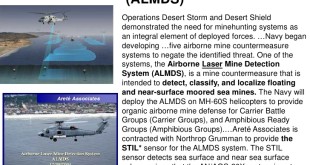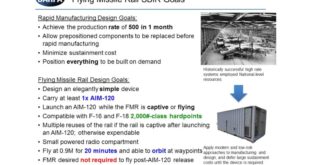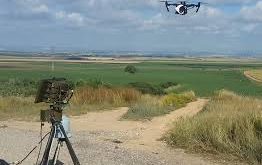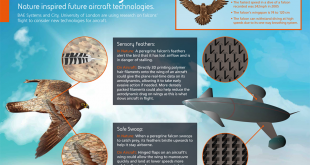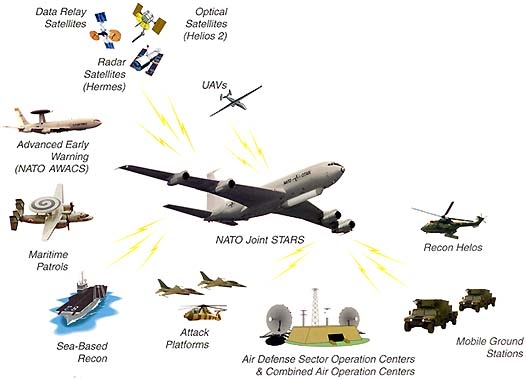More than thirty countries produce mines, and twenty countries export them. Iran has reportedly laid several thousand naval mines, North Korea’s 50,000, China 100,000 or so, and Russia estimated quarter-million. Since World War II, sea mines have damaged or sunk four times more U.S. Navy ships than all other means …
Read More »Why technology was unsuccessful in finding MH370 which disappeared in 2014, New mission to find MH370 is planned to be launched
Flight MH370 left Kuala Lumpur was bound for Beijing in March 2014 when it disappeared, with 239 people on board. Even after the largest and most expensive search in aviation history, to date, neither any confirmed debris from the aircraft nor any survivors have been found. A four-year deep sea …
Read More »Air Force testing tactical data links gateway for communications between F-22 and F-35 aircraft enabling Network centric systems
NCW is theory of warfare in the information age which hypothesizes that forces which are networked will outperform forces that are not. NCW is an ‘integration of sensors, decision-makers, weapons platforms and support capabilities to enable agility’ providing ‘interoperability and collaboration within and between services’. According to U.S. Defense …
Read More »DARPA RSPACE Autonomous and Resilient command and control for Air Mission Planning under contested environment
Air Force officers in charge of creating air tasking orders have long developed mission plans at air operations centers, known as AOCs, or centralized hubs in a specific command. In future conflicts U.S. forces may face degradation or denial of critical communications capabilities essential for coordination and shared situation understanding. …
Read More »DARPA “Flying Missile Rail” concept is counter to China’s very-long-range Air to Air missiles (VLRAAM)
The US has fallen behind adversaries in developing long range Air to Aor missiles. While US Air Force had awarded a half-billion-dollar contract to Raytheon for long range air-to-air missile, capable of hitting enemy planes from 100 miles (160 kilometers) away. But China’s latest offering, the PL-15, and another Chinese air-to-air …
Read More »New radars can detect Drones carrying IEDs, biological or chemical agents, a critical technology for Counter UAS systems
The increased commercialization of drones is increasing the risks that these drones can be used by terrorists and criminals. The small drones such as a quadcopter or model airplane are readily available and it is highly probable that existing technology would allow unfriendly forces to retrofit them, giving the aircraft …
Read More »DARPA ICARUS develops self destructing drones that make precise deliveries of critical supplies and then vaporize into thin air
A Chinese navy submarine rescue vessel launched a small boat and seized the US drone which the Pentagon also called an “ocean glider.” The Pentagon said the Chinese ship ignored repeated demands to return the vehicle from the USNS Bowditch. One week later the Chinese government has returned the US …
Read More »The future of commercial and military aviation is true autonomous flight
Modern commercial airliners have automated systems that can augment or even replace pilots’ performance, managing engine power, controlling and navigating the aircraft, and in some cases even completing landings. One of the goal of future aviation is fully autonomous flight. A fully autonomous aircraft would not require a pilot; it …
Read More »Innovative future Aircraft concepts and technologies for improved safety, aerodynamics, fuel efficiency, noise and emission control
Aviation Industry and Academia aredeveloping Innovative concepts and technologies for future commercial Aircrafts. The aircraft industry is expecting a seven-fold increase in air traffic by 2050, and a four-fold increase in greenhouse gas emissions unless fundamental changes are made. Biofuel offers carbon emissions reductions of between 36-85%, with the variability …
Read More »USAF to replace replacing JSTARS a wide area ground surveillance, battle management command and control platform with Advanced Battle Management System or ABMS
JSTARS is a joint development project of the US Air Force and Army which provides a picture of the ground situation equivalent to that of the air situation provided by AWACS. Operating from a stand-off position often in excess of 200 km, it can detect, locate and classify tracks and …
Read More » International Defense Security & Technology Your trusted Source for News, Research and Analysis
International Defense Security & Technology Your trusted Source for News, Research and Analysis
